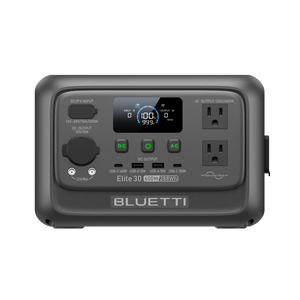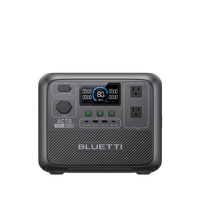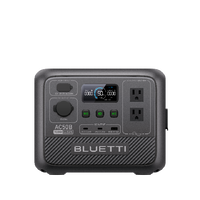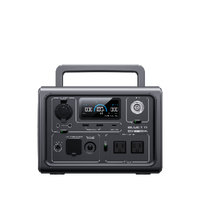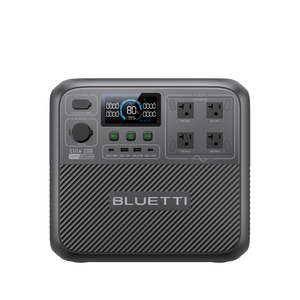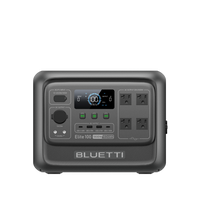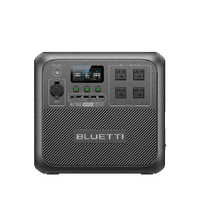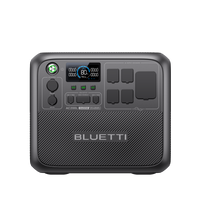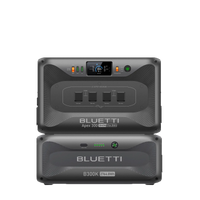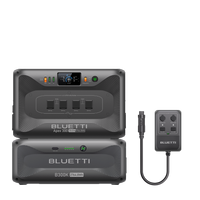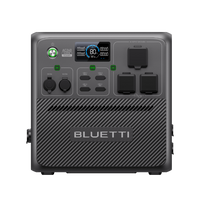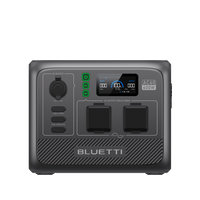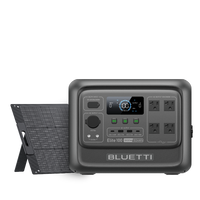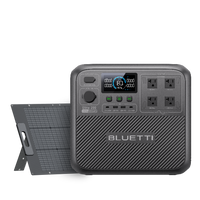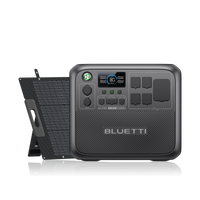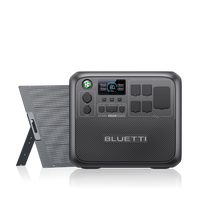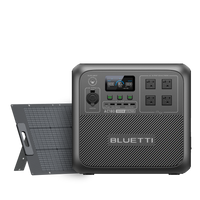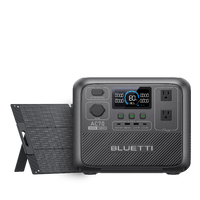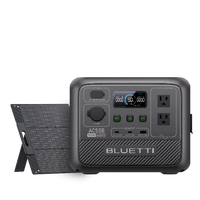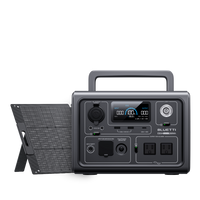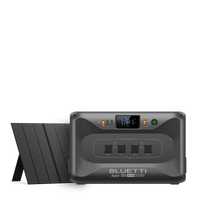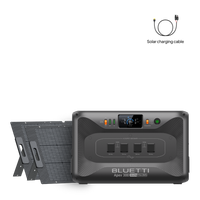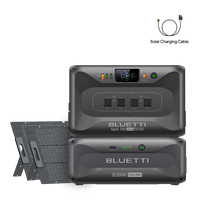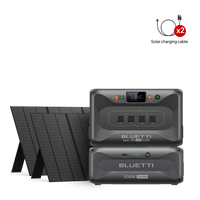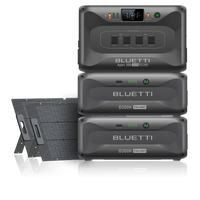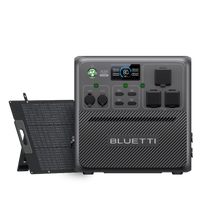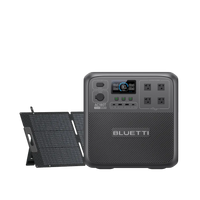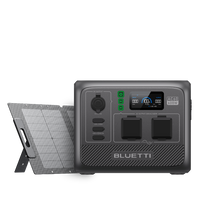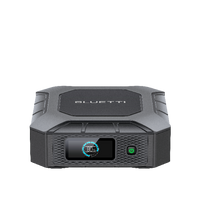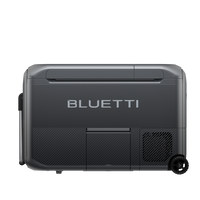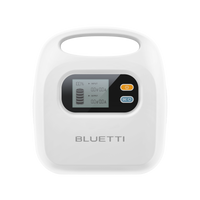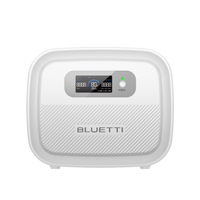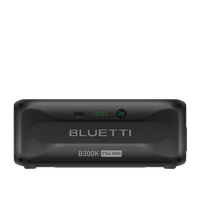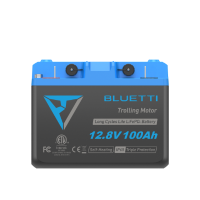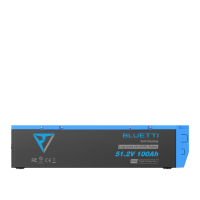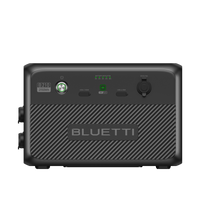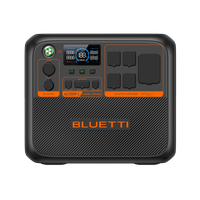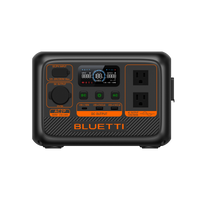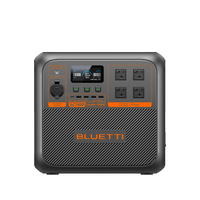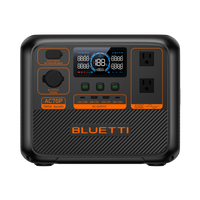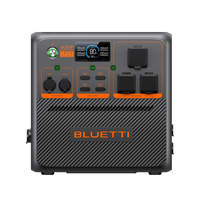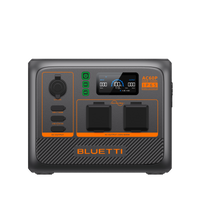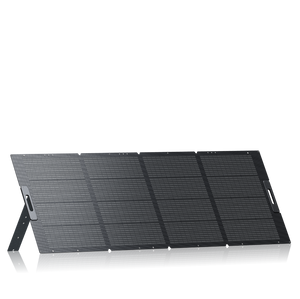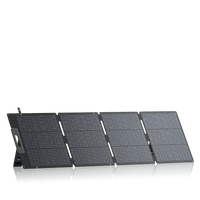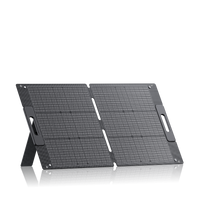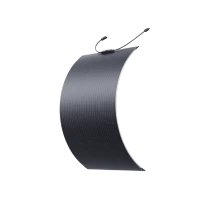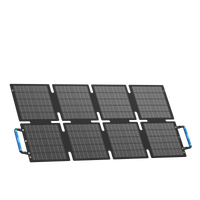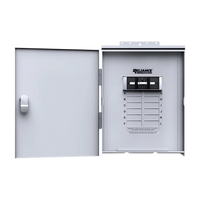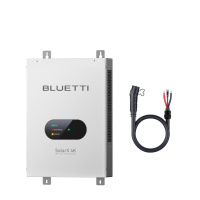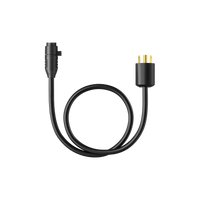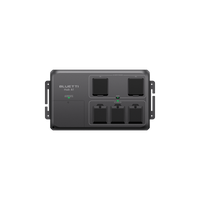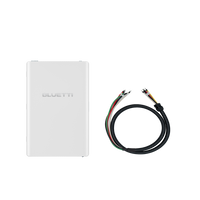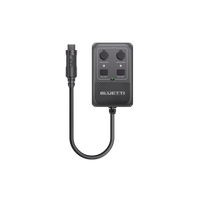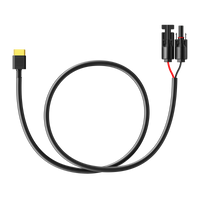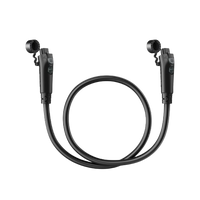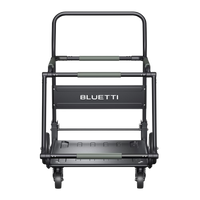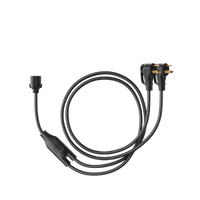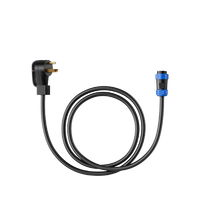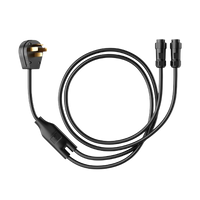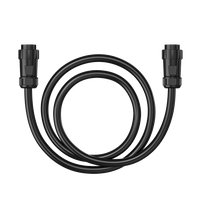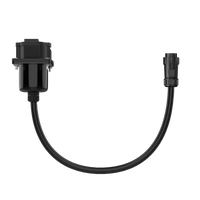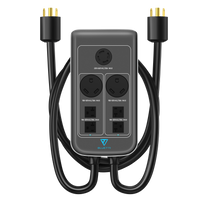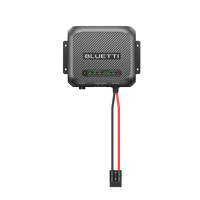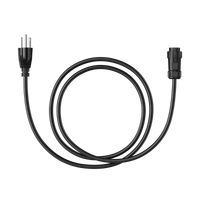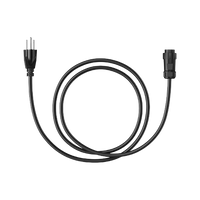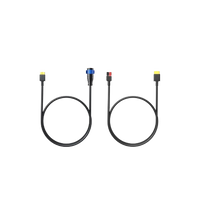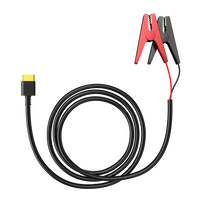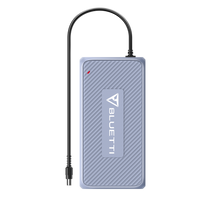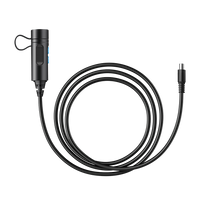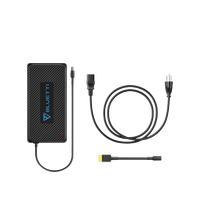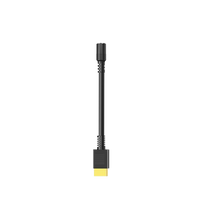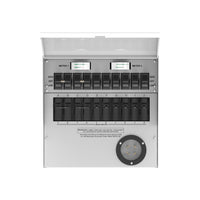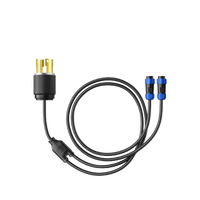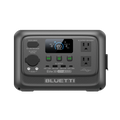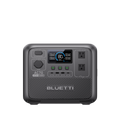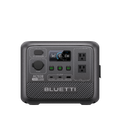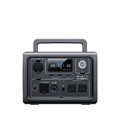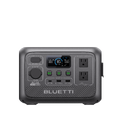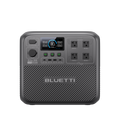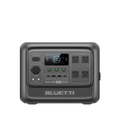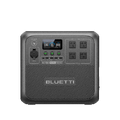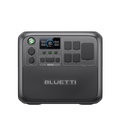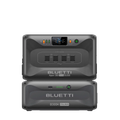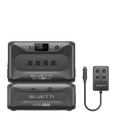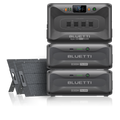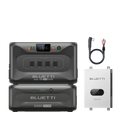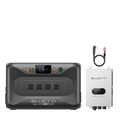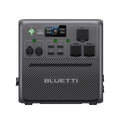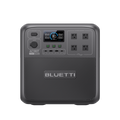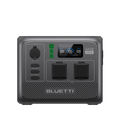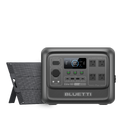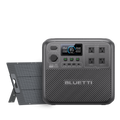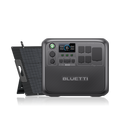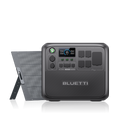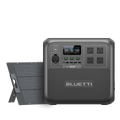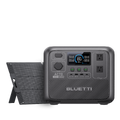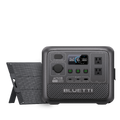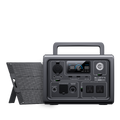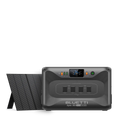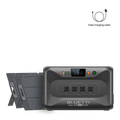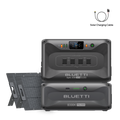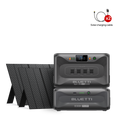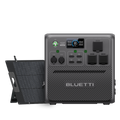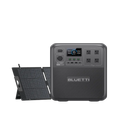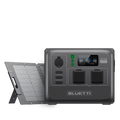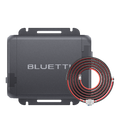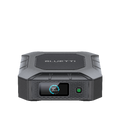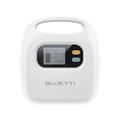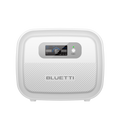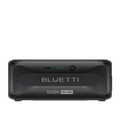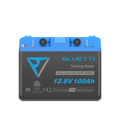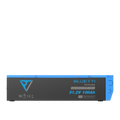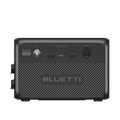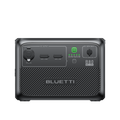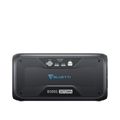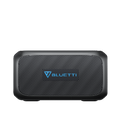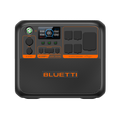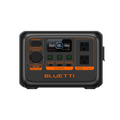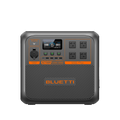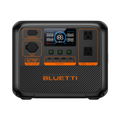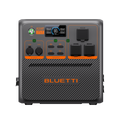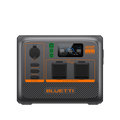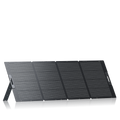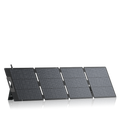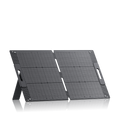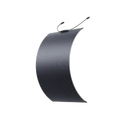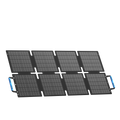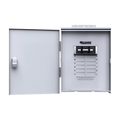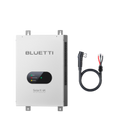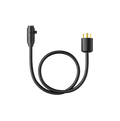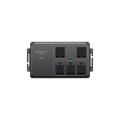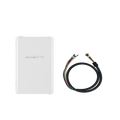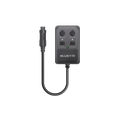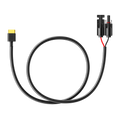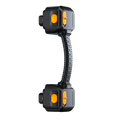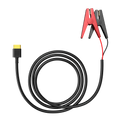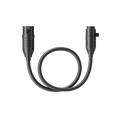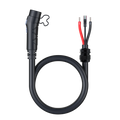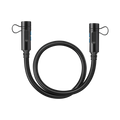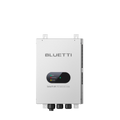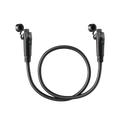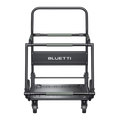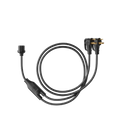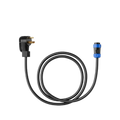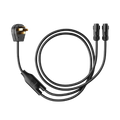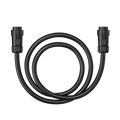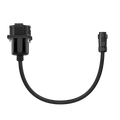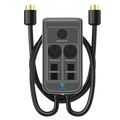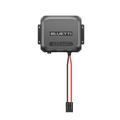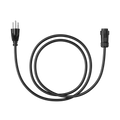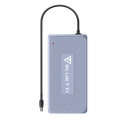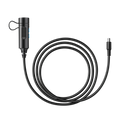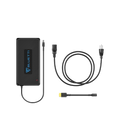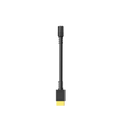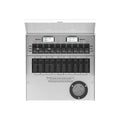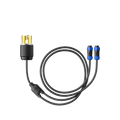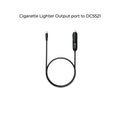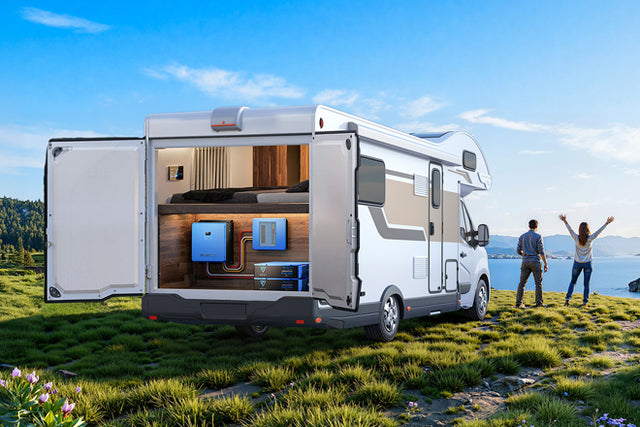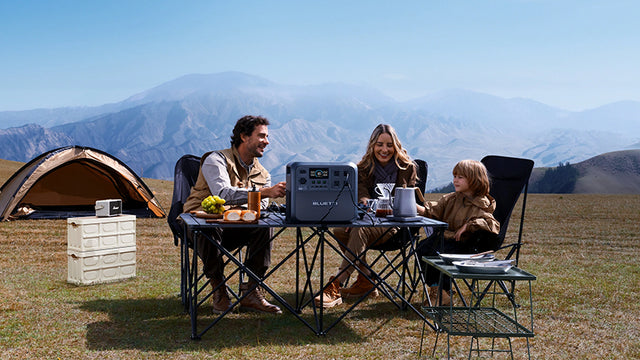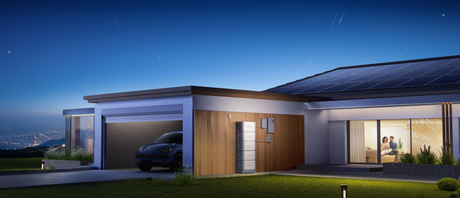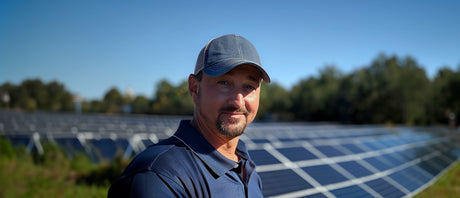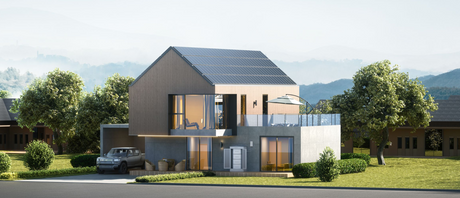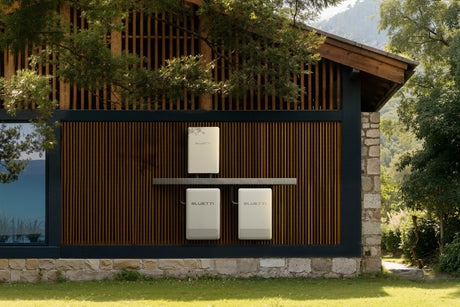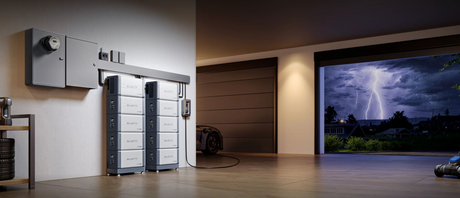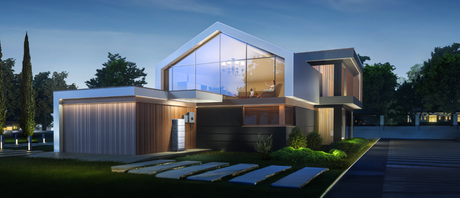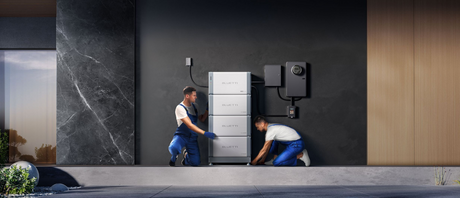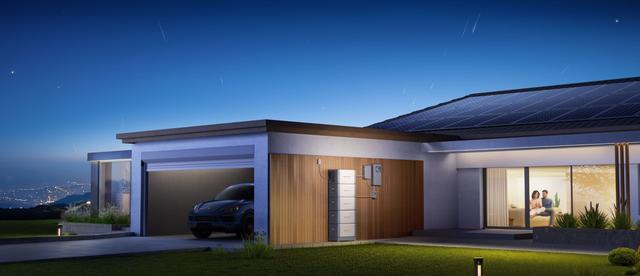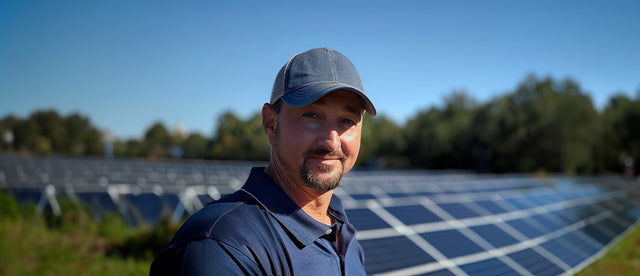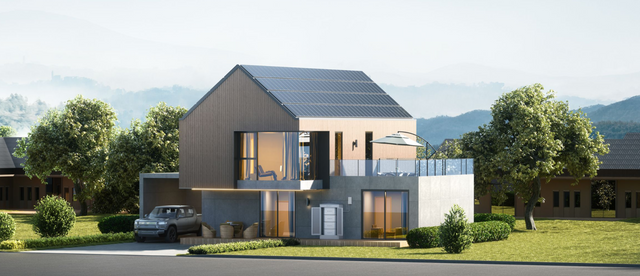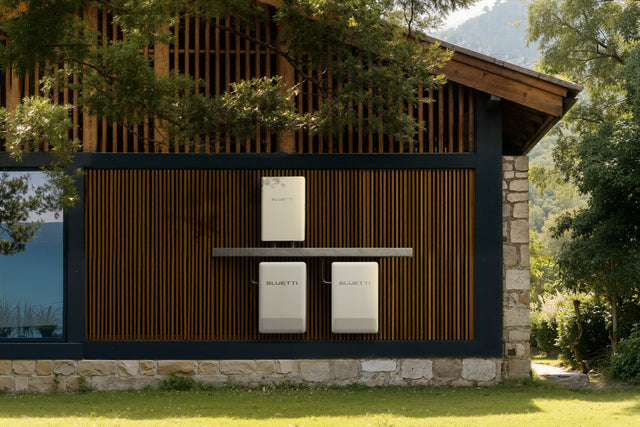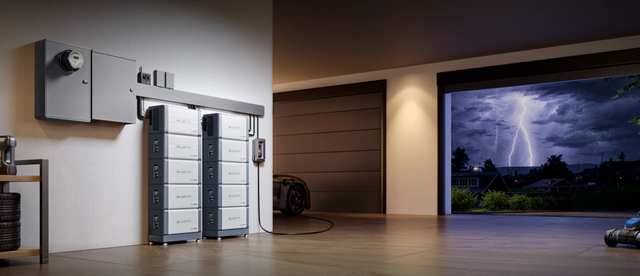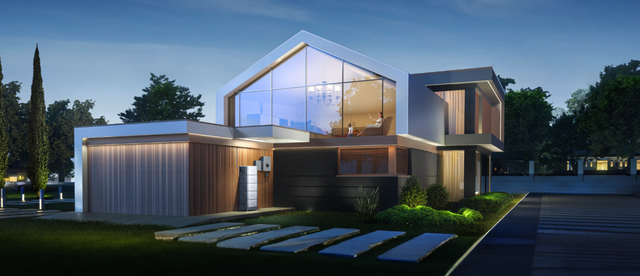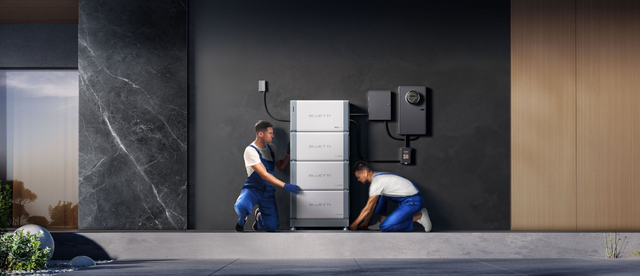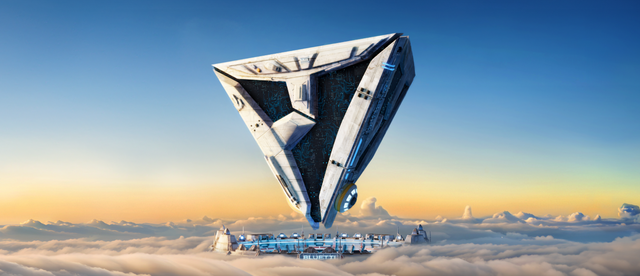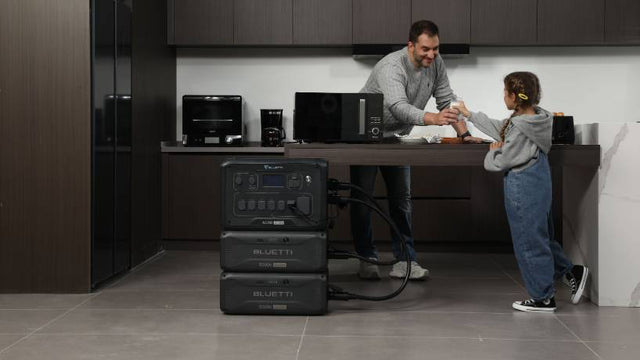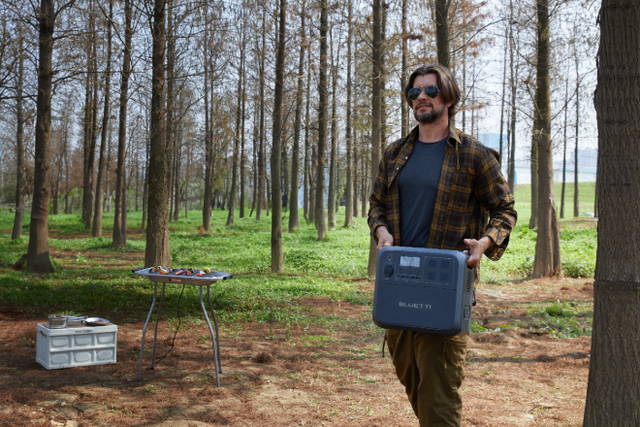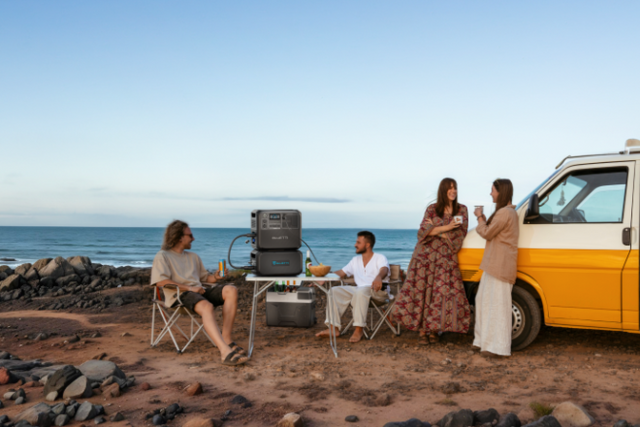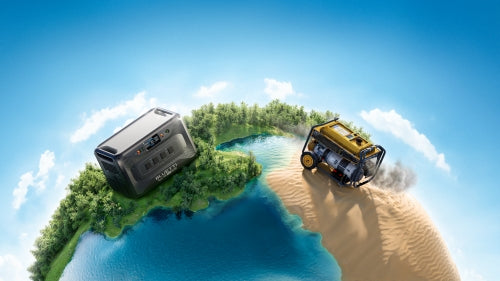Your cart is empty
Shop our productsIf you’re one of those people who are flummoxed by all things technical, chances are that portable solar generators have gotten you all confused. Even if you have a basic understanding of how they work, solar inverter faults are fairly common, so if you’ve already invested in a solar generator, you’re likely to benefit from reading this article.
A solar inverter is one of the most important components of a solar energy system. It converts the output generated by solar panels into a form of electricity that can be used in your house or workplace.
A solar inverter takes in the DC output or direct current from solar panels and then converts it into alternating 240V or 120V current, or AC output. Keep in mind that the electrical appliances installed in your house work on AC, instead of DC. This is why the solar inverter needs to alter the direct current output that's produced by the solar panels.
Unfortunately, solar inverters can sometimes develop faults and stop working. If your solar inverter is not functioning the way it's supposed to, you might have thought of several things such as "can solar inverters be repaired," and "What to do if solar inverter is not working?" To help you out, we take a look at some of the most common solar inverter failure causes and how to correct them.
Common Solar Inverter Problems and How to Fix Them
Faulty solar inverters can lead to huge losses in production. As mentioned above, solar inverters convert and feed power to the grid. Therefore, the high performance of inverters is extremely important. We list down 11 problems with a solar inverter you can experience with a solar power inverter.
1. Incorrect Installation of Solar Inverters
An extremely common problem with solar inverters is that they are not installed properly. This can be something as major as incorrect programming of the inverters to something as basic as a physical misconnection.
Thus, it is extremely important to have an expert install your solar PV system. To ensure installation is done correctly, you need access to the documentation shared by the inverters manufacturer. You can then check the installation at the time of handover of the solar park or during the start-up phase of the project by conducting various tests, including:
- Regulation of the reactive power
- Remote activation and deactivation
- Yield test
We also advise you to ask for the delivery documentation so that you can avail the warranty later in case of any problem.
2. Extremely High Battery Voltage
High battery voltage readings indicate that there is some issue with the controller. You can check by disconnecting the lead battery from the positive terminal and keeping the PV array disconnected. Once you do this, the charging light on the controller should not light up. Now go to the solar panel terminal and measure the voltage from the charge controller. If you see a green light on the inverter, it indicates that the controller is damaged.
3. Battery Fails to Charge
There are several reasons because of why a battery might fail to charge a solar inverter, including
- Melted fuses
- Loose connections
- Burnt rectifiers
- Dead battery
To rectify these problems, you need to check if the battery terminals of the inverter have corrosion and clean them. However, if the battery is dead, you have no other option but to replace the battery.
4. Overheating
Solar inverters contain several electrical components and are thus quite sensitive to high temperatures. The resulting heat can result in a huge cut in production. In fact, they can even cease production if the temperature reaches the maximum limit. Thus, you need to check in the initial design stages if the suggested cooling technology is sufficient and if it has adequate capacity. For instance, it is extremely important that the building where the inverter is placed and the switch cabinet is properly ventilated.
Apart from performing an evaluation of the design, we strongly advise you to check the cooling while the inverter is working regularly and determine if the ventilation or cooling system is working optimally. Additionally, you can take some steps to prevent temperatures from soaring. For instance, you can install and clean dust filters, remove undergrowth that hampers airflow, etc.
5. Isolation Fault
Another reason why a solar power inverter fails to function optimally is because of the isolation fault. The isolation fault happens due to a short circuit between numerous parts of the circuit, and the solar inverter is then going to signal an isolation alarm. Typically, the short circuit is a result of poor installation, moisture in the connection part of the photovoltaic module, an improper connection of the direct current cables to the panel, or a combination of moisture and damage to the sleeve on the cabling. This will be a fairly common problem in areas that are in close proximity to the sea or experience high levels of humidity.
In case of an isolation problem, the solar inverter is going to cease working entirely or continue to operate at the minimum isolation level needed. This can result in the loss of production. Thus, it's important to make sure that the DC cables used are of high quality and installed properly. To stop this problem from occurring, it's also important that you choose the right level of protection for the inverter building and the inverter cabinet.
Safety Alert! An isolation fault can lead to potentially lethal voltages in the conducting parts of the system. Make sure that maintenance is always performed according to the relevant safety standards.
6. Constant Alarm Beeping
The constant alarm beeping situation of a photovoltaic inverter can come if the inverter gets overloaded or if the cooling fan of the inverter gets stuck. The cooling fan of the inverter is the key part – it has to keep running as long as the inverter is working. Because of any reason, if the cooling fan is unable to maintain the temperature an inverter requires, the solar inverter is going to start beeping an alarm or switch off automatically.
If you notice the solar power inverter making a continuous alarming sound, disconnect all the devices connected with the inverter, so the inverter does not get overloaded.
You can also clean up the inverter's cooling fan every month so that it doesn't cause any trouble or stops working.
7. Inverter Fails to Restart Itself after a Grid Fault
An inverter should restart on its own after a grid fault, given that it does not have any other faults. For instance, voltage peaks that take place during abrupt deactivation could result in cut-outs in the system. In case the inverter fails to restart itself, you will have to call a professional team to come and restart the system. Keep in mind that this is going to result in unnecessary losses in production.
8. LCD Displays False Codes
The solar power inverter LCD screen can display incorrect codes on the screen, which can be the result of a glitch. This can occur because of two reasons – external problems or some internal issues. The external issues can include loosened battery wires or cables, whereas internal problems are mostly due to circuits.
The internal issues can only be repaired by an expert, so you will have to take your solar inverter to a workshop in this case. Fortunately, you can resolve the external issues at home by checking the cables of the battery or input/output wires. In some cases, overload can even be a problem for this. Thus, remove all the extra load from the inverter and recheck it.

9. Inverter Screen Goes Blank
Inverter screens often end up breaking. The LCD might get sunburnt and stop working. However, just because the display is not working doesn't mean the inverter itself is not working. In fact, it might still be working and could be live.
To check if the inverter is working, check your energy bill along with the meter. If you’re getting savings for solar or the meter is counting solar during the daytime, the inverter is working. If you're tech-savvy, you can use a clamp meter and check the output current of the AC connection.
However, if the inverter is dead, carry out a shutdown and restart the whole process. If the inverter is still not working, you will have to get in touch with an installer and get a replacement inverter unit.
10. Inverter Screen Shows a Fault Code
The inverter is going to indicate what the problem is through a fault code and a red light. The most common problem is an earth leakage fault which occurs because of moisture in rooftop circuit breakers or the connections between panels where energy is leaking out of the system and going to the ground. There might also be other faults that compromise the inverter's performance.
To rectify this problem, go through the solar power inverter manual and troubleshoot. You can also get in touch with your installer for more information.
11. Inverter Makes a Weird Noise
Solar power inverters tend to make some noise as they work. It's more like a humming noise because of the fan and is quite normal. However, if you hear any other noise coming from the inverter or the fan, then it's most likely due to some debris or dust collected in the fan.
To get rid of this problem, clean all the debris and dust from the inverters fan or get it checked by a professional. If you are still hearing the noise, you might have to get a fan replacement to resolve the issue.

Invest in a Bluetti Inverter Today!
It is extremely important that you choose the right brand of solar inverter along with high-quality components and a good 24/7 monitoring system to identify issues as quickly as possible.
At Bluetti USA, we have a range of solar power inverters and portable solar inverter generators to help you make the most of sustainable energy!
Shop Bluetti for all your solar needs!Shop products from this article
You May Also Like
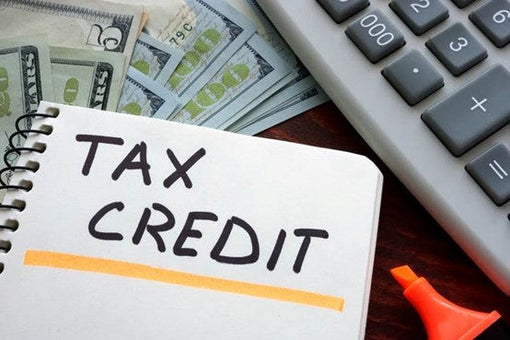
What Does a 30% Federal Solar Tax Credit Mean and How to Apply?
Governments around the world are offering programs that encourage homeowners to switch to solar energy. Among the most notable programs is the 30% Federal Solar Tax Credit. It reduces your...
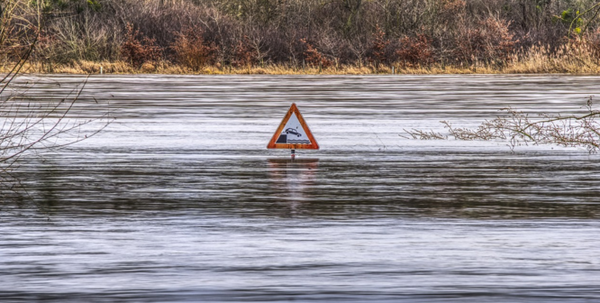
Deadly Flooding Devastates U.S. South and Midwest — What You Need to Know

